A bi-drum boiler, also known as a two-drum water tube boiler, is a type of industrial steam boiler characterized by the presence of two drums: an upper steam drum and a lower mud drum (or water drum). These two drums are connected by a network of water tubes, forming the core heat exchange surface where water is heated and converted into steam.
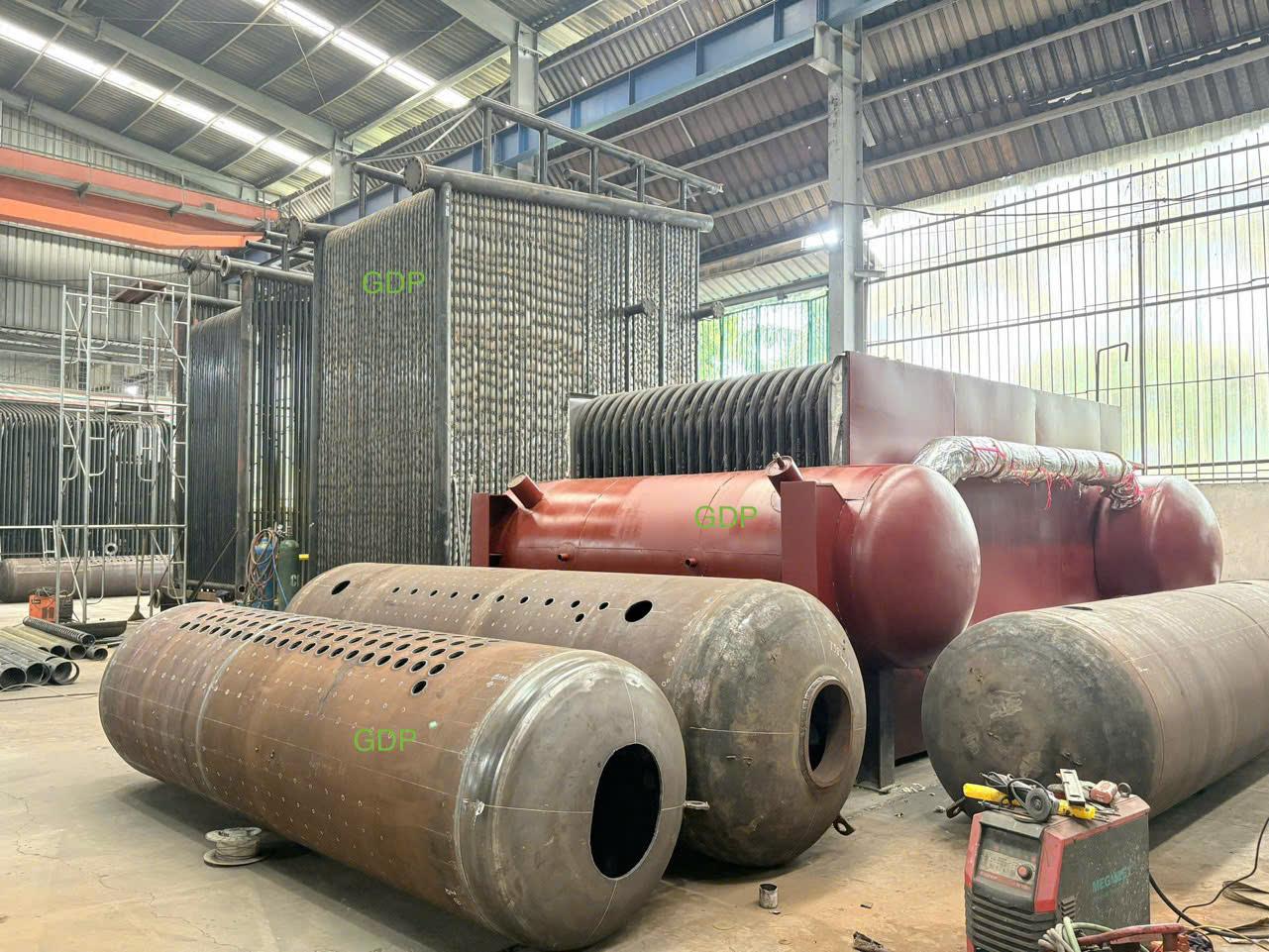
Key Design Principles and Components:
- Two Drums:
- Upper Steam Drum: Located at the top of the boiler, this drum serves as a reservoir for steam and water. It’s where the generated steam separates from the steam-water mixture rising from the tubes. It also typically houses internal components like baffles, cyclone separators, and screen driers to ensure the steam leaving the drum is as dry as possible.
- Lower Mud Drum (or Water Drum): Situated at the bottom, this drum collects the cooler, denser water and serves as a collection point for sediment and impurities (hence “mud drum”). Downcomer tubes connect the upper steam drum to the lower mud drum, facilitating the natural circulation of water.
- Water Tubes: These are the primary heat transfer surfaces. Water flows through these tubes, which are exposed to the hot combustion gases in the furnace. As water absorbs heat, it turns into a steam-water mixture.
- Furnace/Combustion Chamber: This is where the fuel is burned. Bi-drum boilers can be designed for various firing methods, including:
- Solid fuels: Often combined with grates (traveling, dumping, reciprocating) or Fluidized Bed Combustion (FBC) systems for coal, biomass (rice husk, bagasse, wood waste), and other solid fuels.
- Liquid/Gaseous fuels: Can also be configured for oil or natural gas firing.
- Water Walls: The furnace walls are typically lined with water tubes (often membrane walls for better heat absorption and gas tightness), which are part of the water circulation system and contribute significantly to heat transfer.
- Convection Bank: Beyond the furnace, a bank of tubes connects the two drums, where flue gases continue to transfer heat to the water, further generating steam.
- Superheater (Optional): For applications requiring superheated steam (steam heated above its saturation temperature, typically for power generation), superheater coils are installed in the path of the hot flue gases.
- Economizer and Air Preheater (Optional but common): These are heat recovery devices that improve overall boiler efficiency by preheating feedwater and combustion air, respectively, using the waste heat from the flue gases before they are discharged.
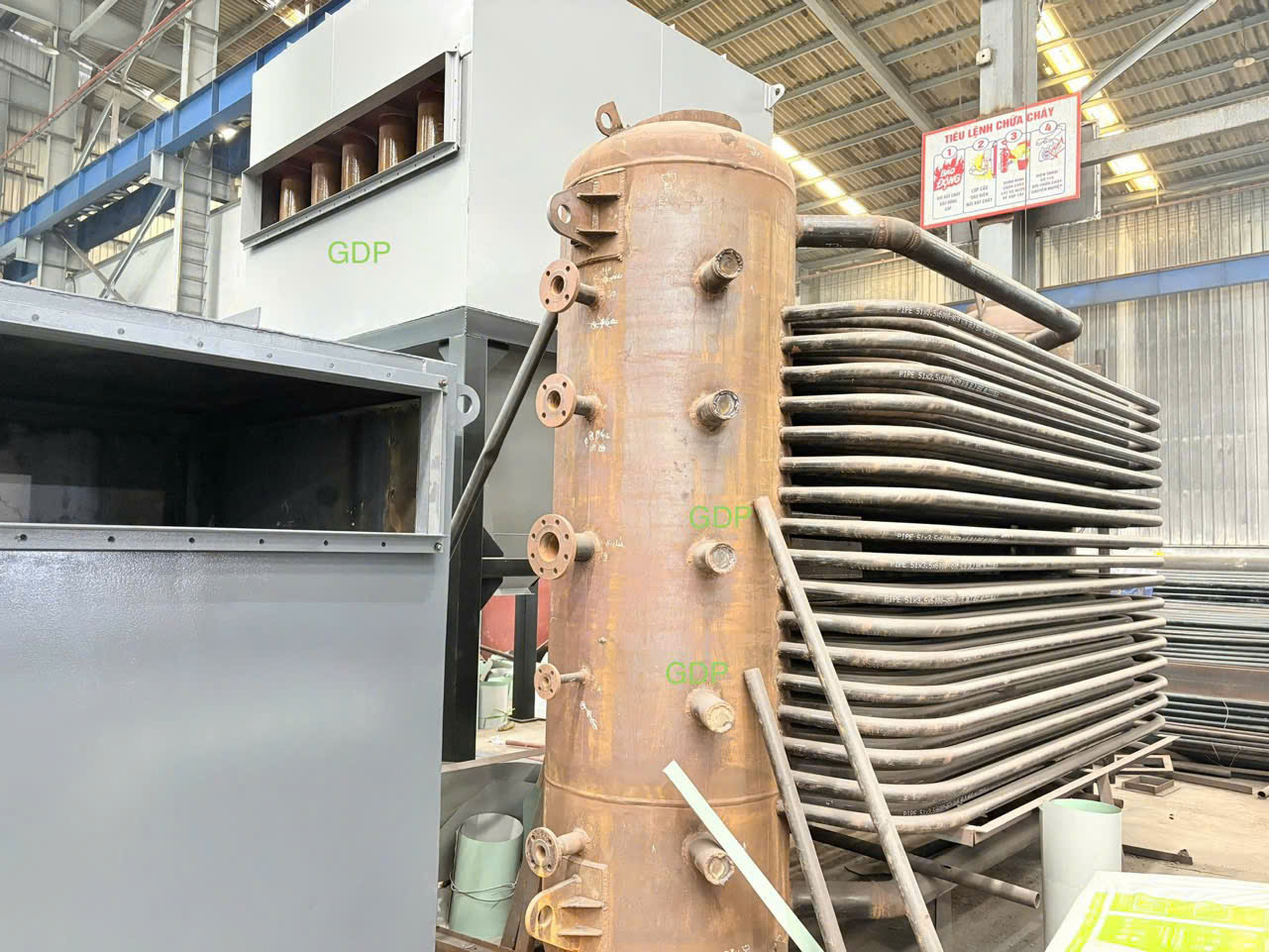
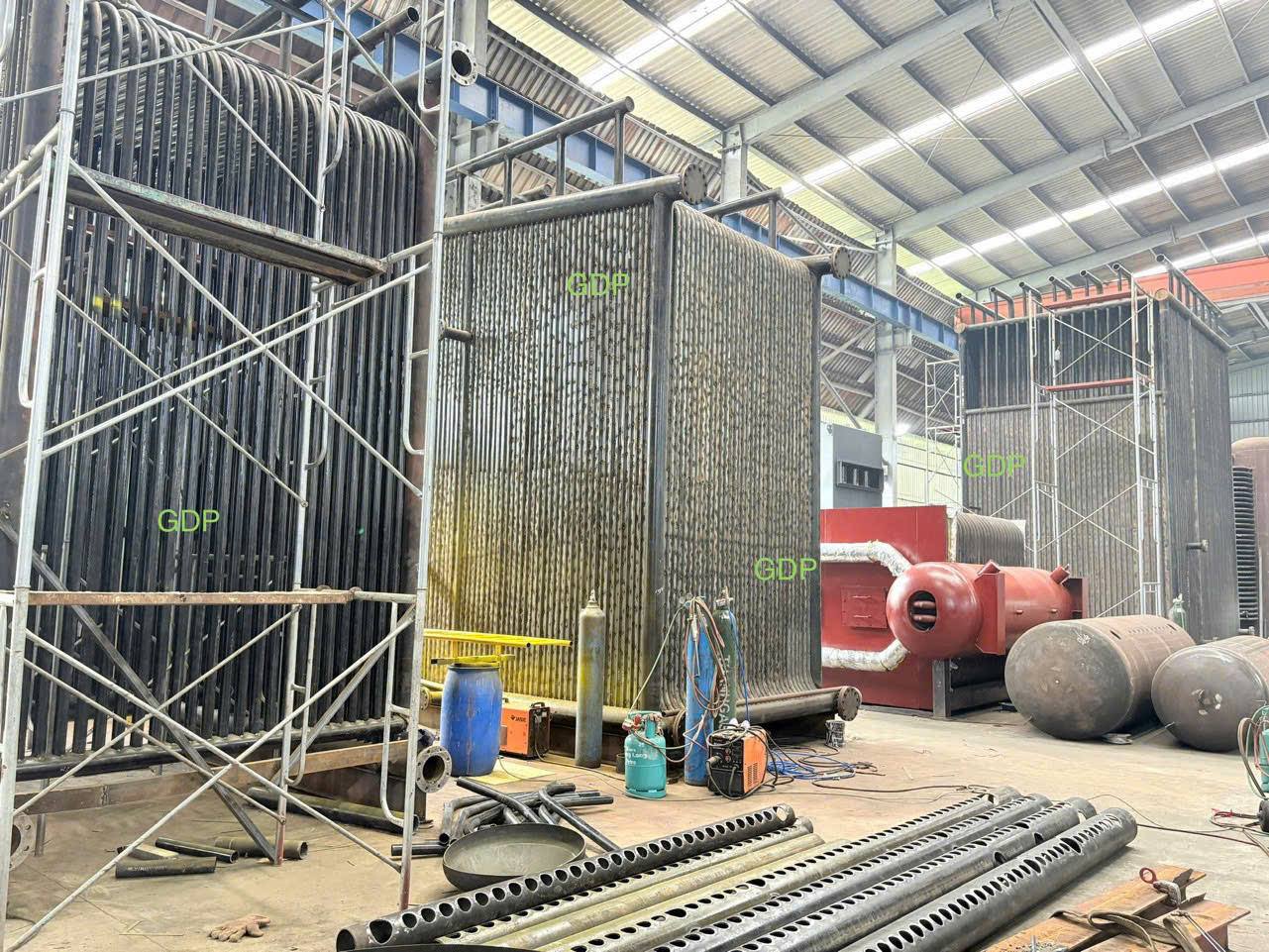
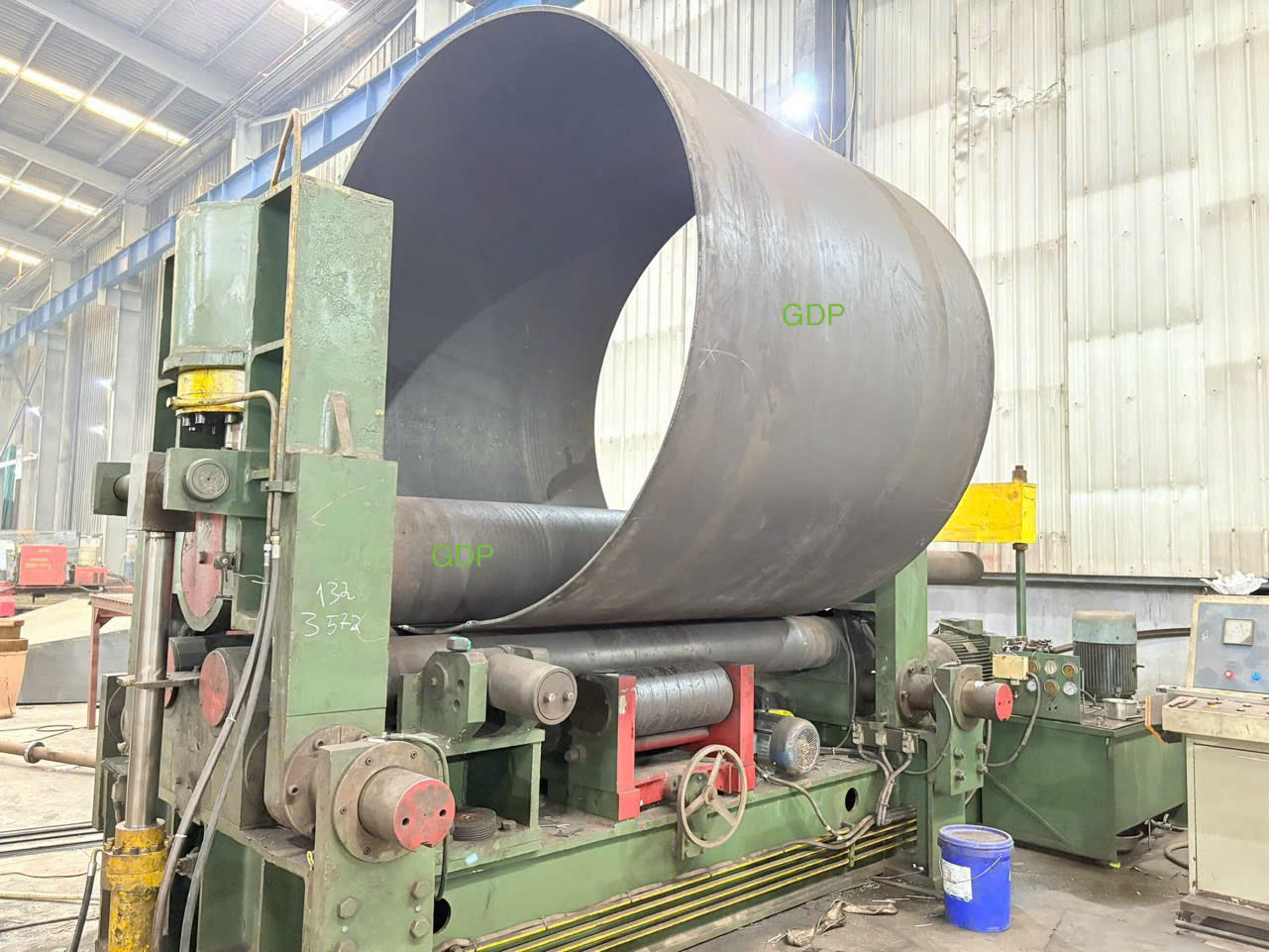

How it Works (Natural Circulation):
- Water Circulation: Feedwater enters the upper steam drum. From there, denser, cooler water flows down through unheated or less heated downcomer tubes to the lower mud drum.
- Heat Absorption: Water then rises through the riser tubes, which form the furnace walls and convection bank, absorbing heat from the hot combustion gases. As water heats up, a steam-water mixture is formed due to boiling.
- Steam-Water Separation: This lighter steam-water mixture flows back up into the upper steam drum.
- Steam Separation: Inside the steam drum, mechanical separators (like cyclones and baffles) separate the steam from the water. The dry steam is then directed to the process or a superheater.
- Water Recirculation: The separated water in the steam drum mixes with incoming feedwater and recirculates through the downcomers, completing the cycle. The mud drum collects any heavier particles or sludge, which can be periodically blown down.
Advantages of Bi-Drum Boilers:
- Fuel Flexibility: Highly adaptable to burn a wide variety of solid fuels (coal, biomass, agro-waste) as well as oil and gas.
- High Steam Pressure and Capacity: Capable of generating high-pressure steam, making them suitable for industrial processes, power generation, and cogeneration applications. Typical capacities range from around 3 TPH up to 70 TPH or even higher (up to 100 MW in some power generation units).
- Rugged and Reliable: Known for their robust construction and ability to operate continuously for long periods with minimal downtime.
- Good Load Following: The significant water volume in the two drums allows for better thermal inertia and quicker response to fluctuations in steam demand or heat input compared to some other boiler types.
- Lower Maintenance (compared to some older designs): Modern bi-drum designs, especially those with membrane water walls, reduce refractory maintenance.
- Effective Heat Transfer: The arrangement of drums and tube banks provides efficient heat transfer from flue gases to water.
Applications:
Bi-drum boilers are widely used in:
- Industrial Processes: For providing process steam in industries such as:
- Pulp and paper
- Textiles
- Food processing
- Chemicals and pharmaceuticals
- Rice mills
- Sugar mills
- Steel industry
- Power Generation: Especially in captive power plants or for cogeneration (combined heat and power) in industrial facilities, where they generate electricity along with process steam.
- Waste-to-Energy: Capable of burning various types of waste materials.
Bi-Drum vs. Single-Drum Boilers:
The main difference lies in the number of drums and their impact on design and operation:
- Bi-Drum Boilers:
- Two drums: Upper steam drum and lower mud drum.
- Natural Circulation: Often rely on natural circulation due to density differences, which is enhanced by the height difference between the drums.
- Load Fluctuations: Generally good at handling load fluctuations due to larger water volume.
- Pressure Range: Typically used for medium to high pressures, but generally not as high as supercritical single-drum boilers.
- Applications: Widely used in industrial process steam and cogeneration.
- Single-Drum Boilers:
- One drum: Only an upper steam drum. The lower headers connect directly to the downcomers.
- Higher Pressures: Often designed for very high pressures, including supercritical pressures, where the distinction between water and steam phases disappears. This is because stress concentration is reduced with fewer pressure vessels.
- Circulation: Can use natural circulation or forced circulation (with pumps) depending on the pressure.
- Applications: Primarily used in large utility power plants for electricity generation where very high pressures and temperatures are desired for efficiency.
- Response: Can also respond quickly to load changes, especially forced circulation designs.
In summary, the bi-drum boiler is a well-established and versatile water tube boiler design, known for its reliability and ability to handle diverse fuels for various industrial and power generation needs.

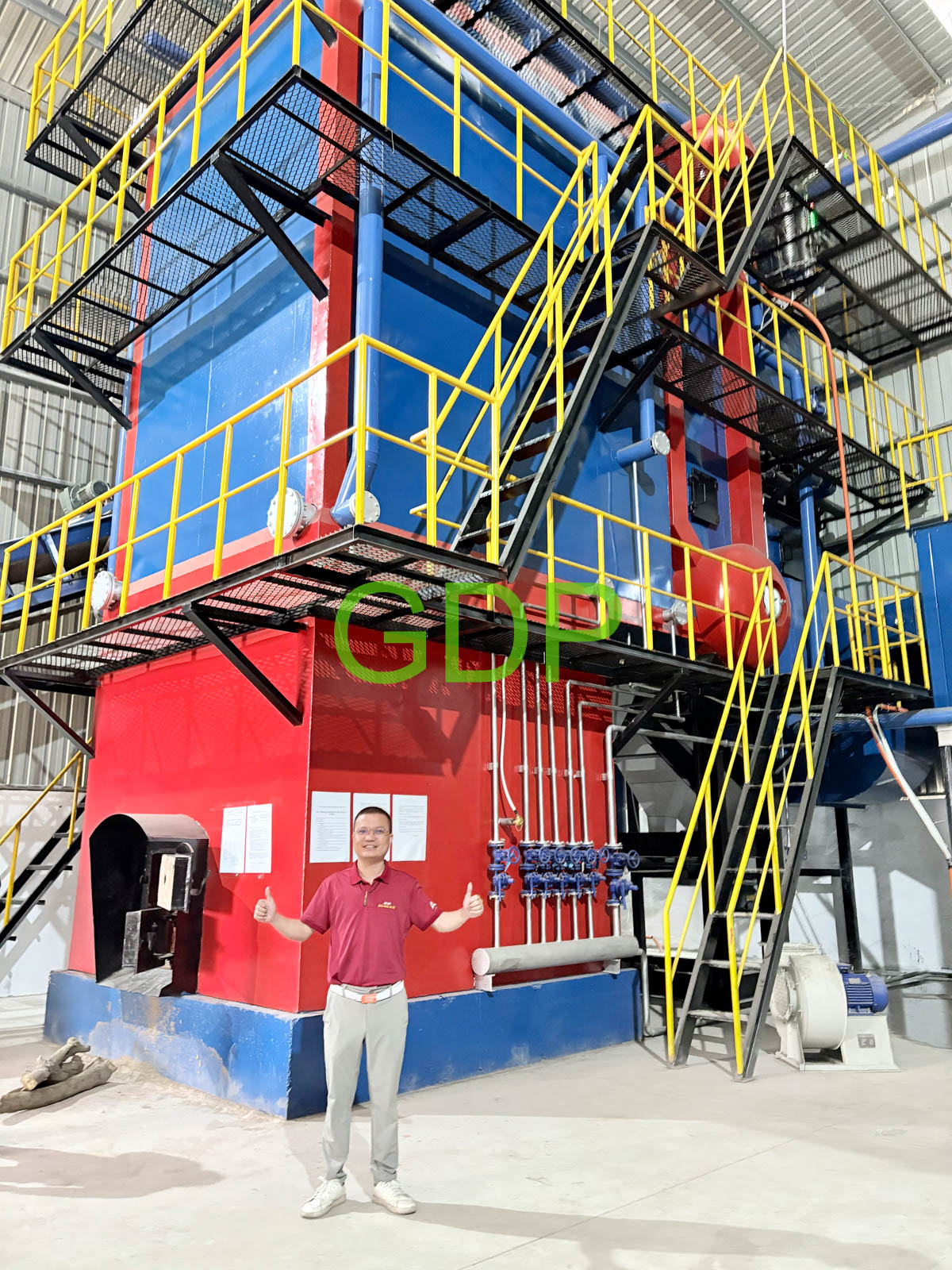
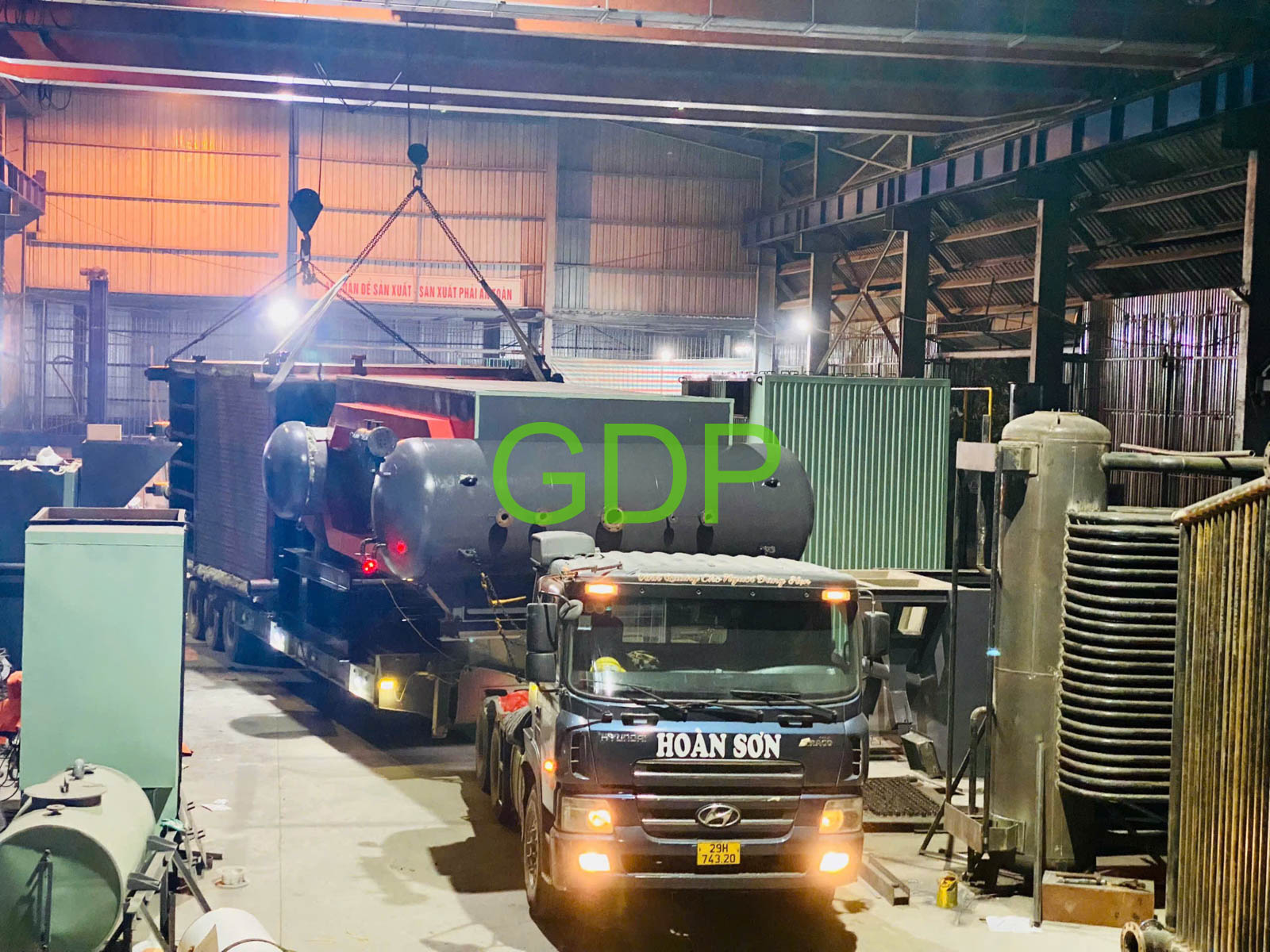
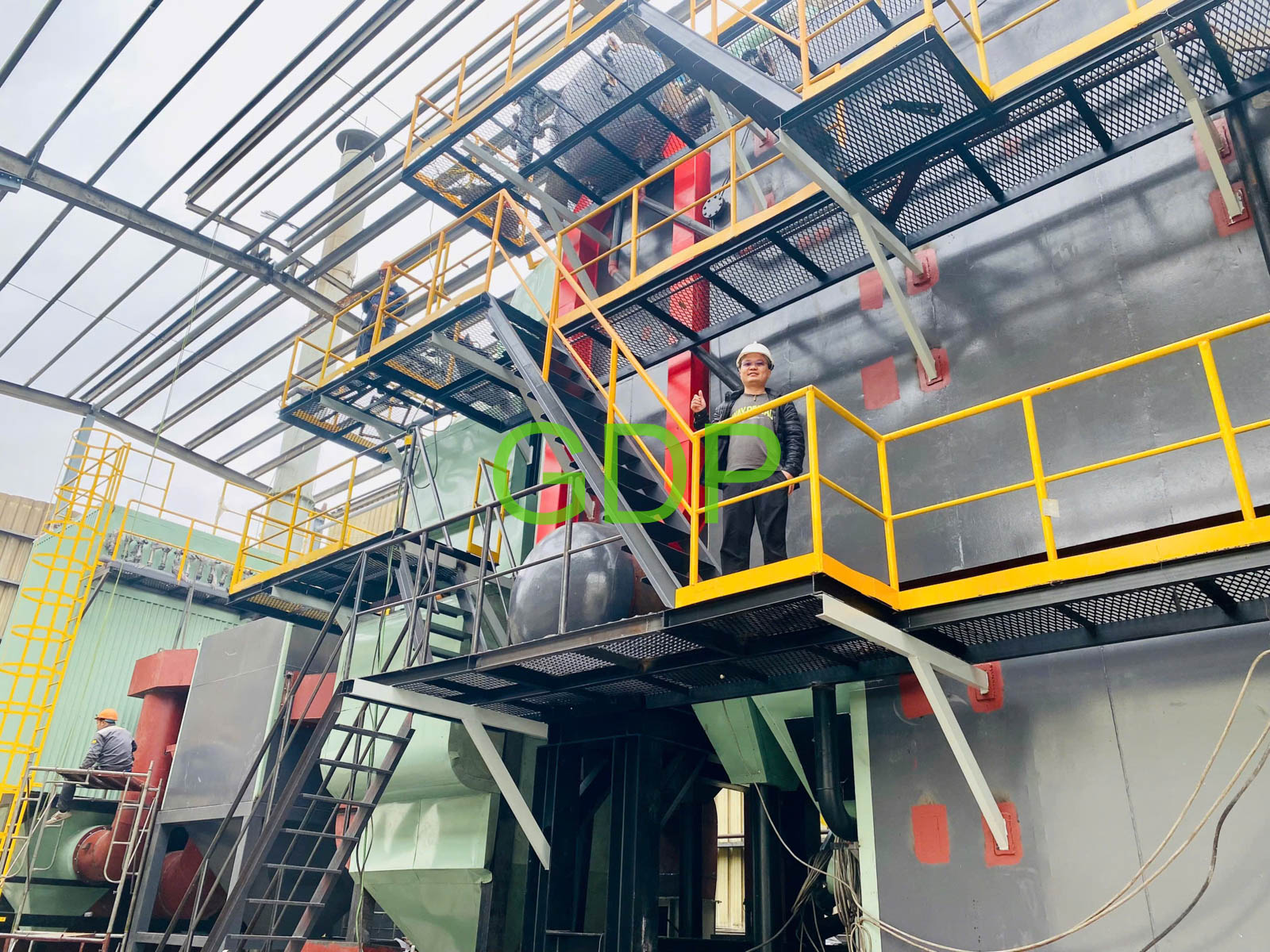
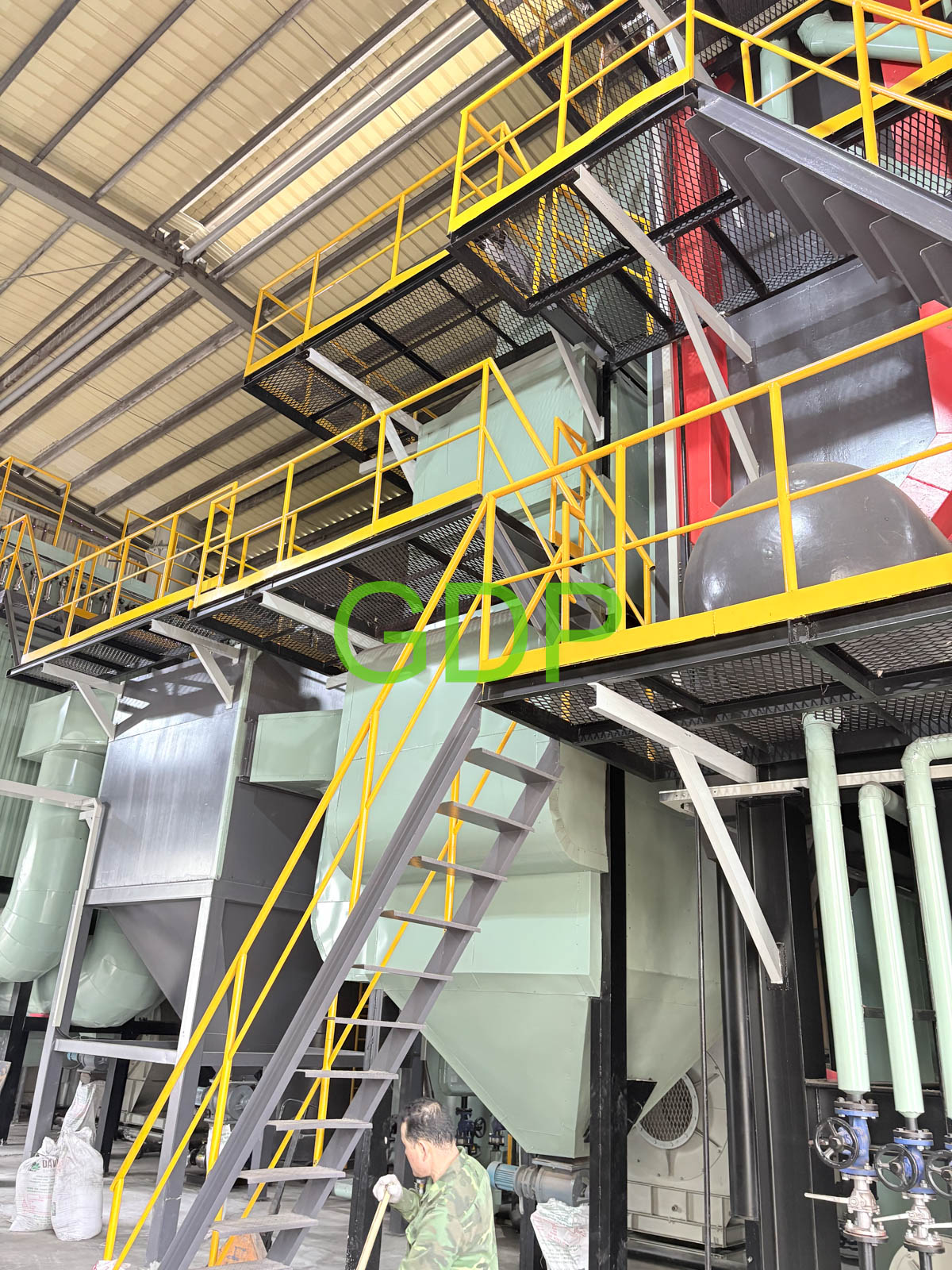
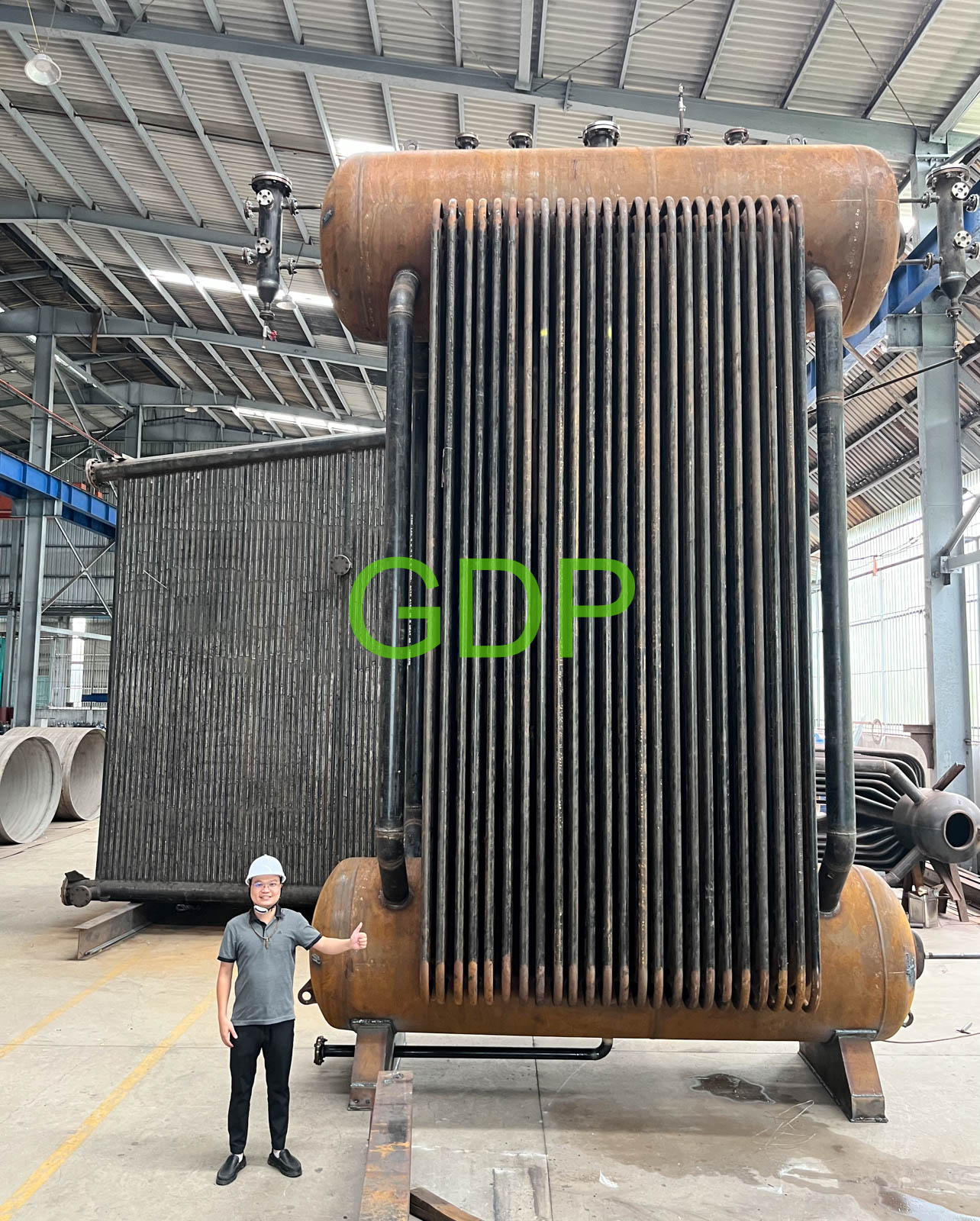
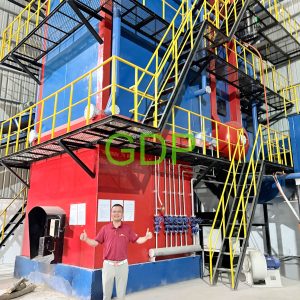
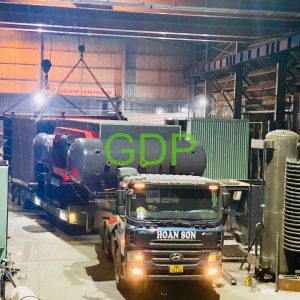
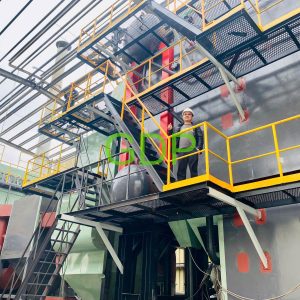
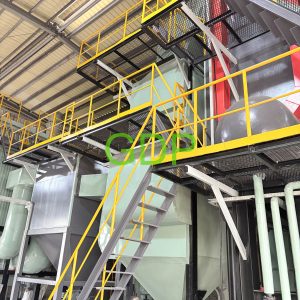
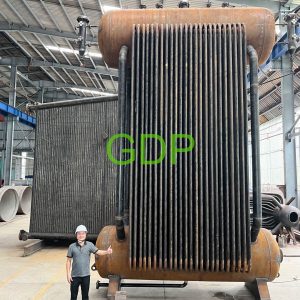
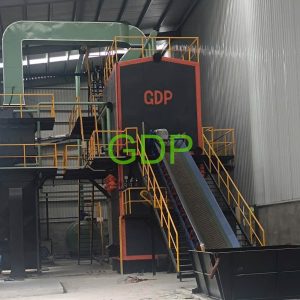
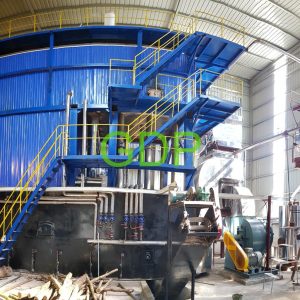
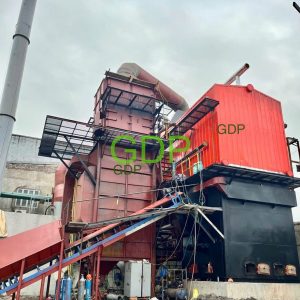
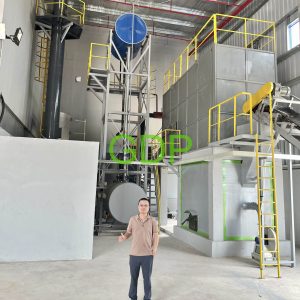
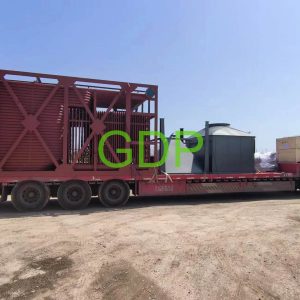
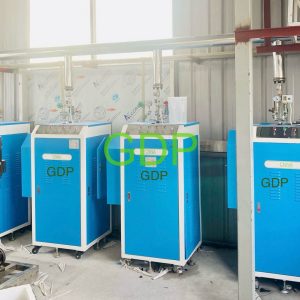
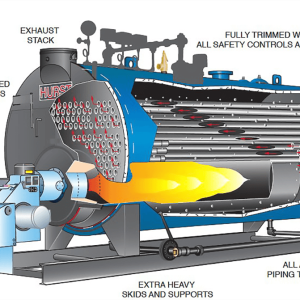

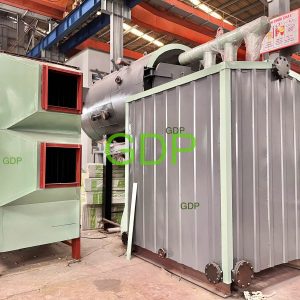
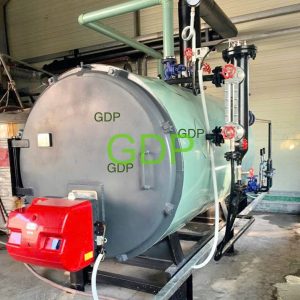
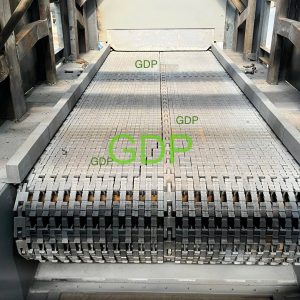
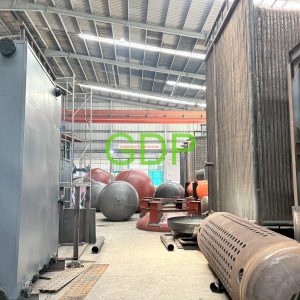
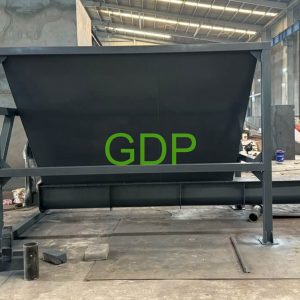
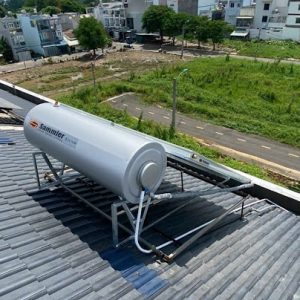
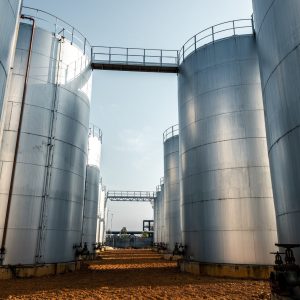




Đặt câu hỏi